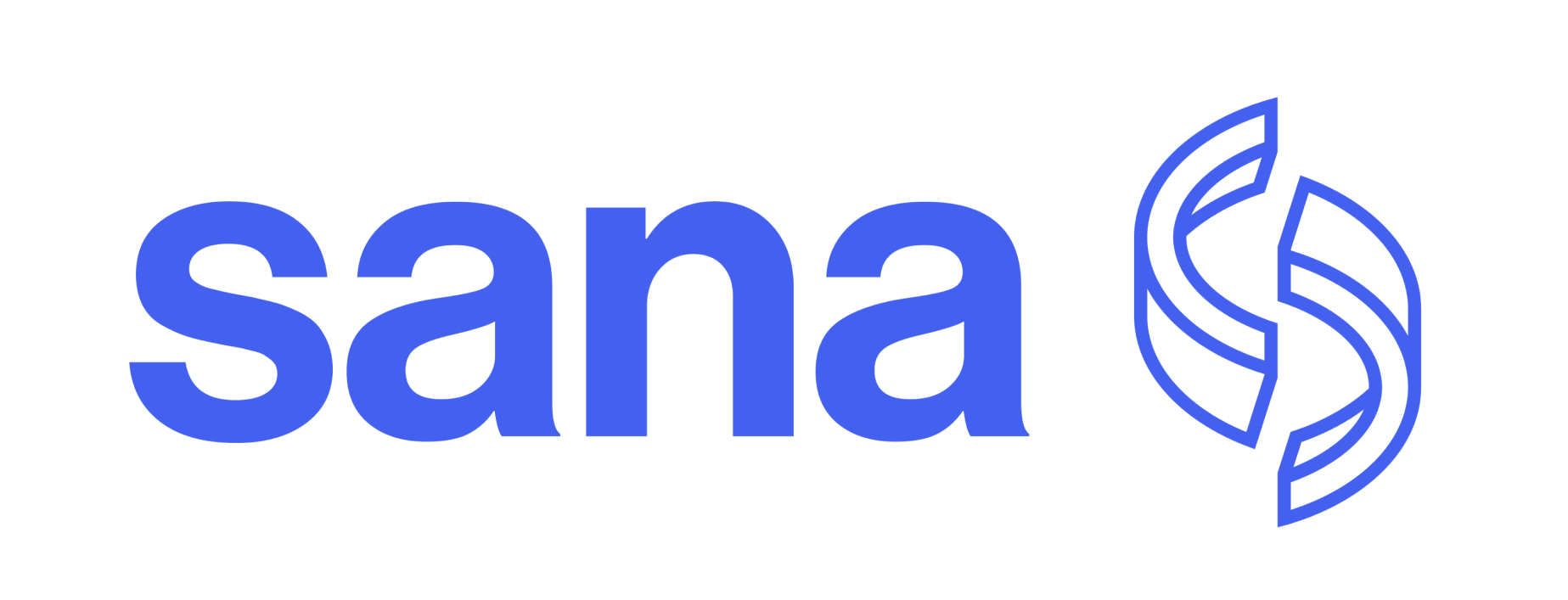What is the Automated Clearing House?
Read this to learn more about the ACH system and how it works.

Have you ever received your payment through direct deposits? If you have, then your company most likely executes ACH transactions. The Automated Clearing House (ACH) system is unfamiliar to people who don't work in finance departments, however, the system is fast becoming very popular in the world of business.
Read on to learn more about the ACH system and how it works.
What Is an Automated Clearing House (ACH)?
So, what is the Automated Clearing House? The Automated Clearing House (ACH) is a type of electronic money-transfer system that is operated by Nacha. Essentially, this electronic network helps to manage digital banking transactions. Any individual, business, or organization can make use of the ACH transfer network to send or accept money. Most employers use ACH to pay their workers via direct deposits. This network is regulated solely by the federal government and supervised by the NACHA (National Automated Clearing House Association).
The history of Automated Clearing House dates as far back as the late 1960s. However, the network was officially inaugurated in the mid-1970s. The electronic payment system offers so many kinds of ACH transactions, including payroll deposits. Initiating an ACH payment requires a credit or debit card from the originator's end and a debit or credit card from the recipient's end.
How Does an ACH Work?
The process of ACH payments is not as complex as you think. During an ACH transfer, funds will be sent from one account to another. For instance, if you own a business and need to pay your employees via ACH transfers, you have to initiate the transfer from your company’s bank account directly to your worker’s bank account.
Each ACH payment involves two entities: the Originating Depository Financial Institution (ODFI) and the Receiving Depository Financial Institution (RDFI). Here’s how both entities work:
1. The originator (business/employer) initiates the payment or direct deposit via an ACH network. Generally, ACH portals permit you to initiate both one-time and recurring transfers.
2. The transfer amounts will be inputted digitally into the ACH network.
3. The ACH network will then make a direct connection with the employer’s (originator) bank. This bank is also called the Originating Depository Financial Institution (ODFI).
4. The ODFI will aggregate all payments and transfer them in a few batches to the ACH operator.
5. The ACH operator moves the money to employees’/worker’s banks, also called the Receiving Depository Financial Institutions (RDFIs). RDFIs will then post the funds into the employees’ bank accounts.
What Information Do I Need to Post an ACH Payment?
Here is a list of the information you must provide if you want to make an ACH payment:
1. The name of the receiver’s bank/credit union via which they will like to accept the payment.
2. The kind of bank account the receiver would like the money to be received into (savings or checking account).
3. The receiver’s bank ABA routing number. This is a distinctive nine-digit code that helps to identify banks located in the U.S.
4. The receiver’s account number. The account number is a 8 to 12-digit number that is unique to a bank account and helps to identify the specific account.
How Long Does It Take for an ACH Payment to Post?
In the past, ACH transfers generally took about three to five workdays to get completed. However, technological advancement and the request for quicker transactions rose, NACHA began sending same-day payments. Now, your payment can be sent within a few hours or the next day.
People can now decide to choose same day, next day, or next two days Automated Clearing House payments. Note that processing time will not include national holidays and weekends.
Can You Stop an ACH Payment?
Yes, you can stop an ACH payment that you’ve already initiated if you observe that you made a mistake. Just reach out to your bank or billing department (whichever one initiates your ACH payment) at least three working days before the expected payment date. To stop your payment, you have to provide your bank with your full name and the total payment amount.
However, if your bank has already transmitted the ACH payment, you can only reverse the transfer under these precise circumstances:
- The total amount of funds that were sent/transferred was incorrect.
- The account number of the recipient was incorrect.
- There were some duplicate transactions (if the payment was executed more than once).
Expect reversals to occur within about five business days after the payment is made.
What Are the Advantages and Disadvantages of ACH Transfers?
Below is a list of the different advantages and disadvantages of ACH transfers.
Advantages of ACH Payments
Here are three advantages of ACH transfers:
1. It’s very fast
As we mentioned earlier, technology has made ACH transfer quite fast. Generally, ACH credits have to be completed within about one to two days. On the other hand, ACH debits are generally completed by the next working day. This is considerably faster than the standard time it will take for a cheque to be mailed and for the funds to be processed and received by the recipient.
2. Reduced manual effort
Since ACH payments are pushed electronically, there is a lesser need for manual input. Transferring funds to a person digitally is definitely easier than writing a cheque and mailing it to the person.
3. It’s cost-effective
The costs associated with ACH payments are lesser than traditional cheques. When you think of the total cost involved in printing checks, placing them into stamped envelopes, and getting them transferred via couriers, you’d realize that it can take a lot of money. However, using ACH eliminates all these costs and stress.
Disadvantages of ACH Payments
Here are three disadvantages of ACH transfers:
1. Setup time
If you want to pay your bills via an ACH system, you have to create an account for it. Creating an account for yourself can take a few hours, so it is very time-consuming.
2. Limited Reach
Currently, ACH payments are only functional in the U.S., so you can only make this kind of payment within the United States. However, e-payments like wire transfers and credit cards can be sent across the world.
3. Extra Fee
It may cost you some money to set up your ACH account. The fee involved includes admin fees and it has to be paid. Also, the cost of processing the payment is not left out. Processing fees range between $0.20 to $1.50 US dollars. Another cost is the “vendor enablement costs”, which is the labour required to gather and monitor vendors’ all banking and routing information. Though these fees are relatively small, they can add up.
What is the Difference Between ACH, EFT and Direct Deposit?
EFT, short for Electronic Funds Transfer, direct deposits, and ACH are all different kinds of electronic/digital payments. ACH and direct deposits are simply two different kinds of EFT payments. See EFT as the umbrella term that encompasses ACH payments, wire transfers, direct deposits, as well as other types of electronic payments.
Read more here - ACH vs. Wire Transfers: What’s the Difference?
Closing Thoughts
The automated clearing house payment system is definitely here to stay. The security, ease, and speed it offers are some of the reasons why the ACH payment system is widely used in the world of finance. However, due to its limited coverage, it is not as popular as other types of electronic transfers. Hopefully, when the payment is adapted to reach other banks outside the U.S., it will gain more recognition globally.
SanaTransfer offers easy, fast and secure payment services with better rates and faster payouts for international remittance. Sign up now to get started.
